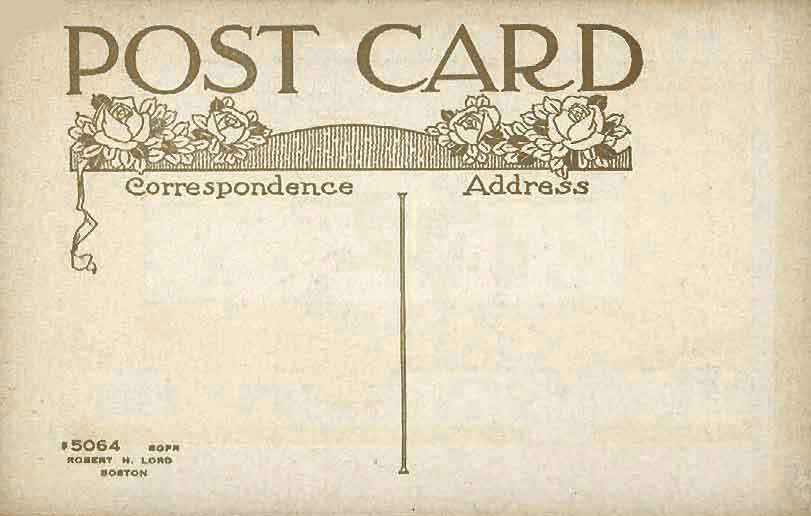A friend of mine who has just completed her PhD in creative writing always writes me the most wonderful letters and postcards. Two weeks ago I got a card addressed to me from her two dachshunds whom I had been dog-sitting while she was holidaying (they thanked me for teaching them to write), and a week later I got a beautiful postcard she’d written to me from the idyllic island she’d been relaxing on.
It’s so special receiving handwritten mail these days, particularly when it’s not a one-off. I’m sure we’re preaching to the converted when we remind charities to send handwritten notes of thanks to major donors and grant-makers, but what about those times in between gifts?
It’s not easy to remember or to find the time to write and let people know what’s happening with the project they have funded. But if you (or that intern/volunteer with the nice handwriting) schedule in an hour or two here or there throughout the year, it can be a great way to build relationships at a more personal level than the common email or tweet, and to invite deeper engagement from funders. In some cases, it might be appropriate to involve your project’s beneficiaries in updates and thank yous (we’ve seen nonprofits working with children do this to great effect: notes or paintings from kids completing a program are a tangible reminder of its impact).
Of course, it’s important to consider the funder you’re updating – some may be more interested than others in this kind of unique approach – but for those in particular with an emotional connection to your work, it can be a nice change from the norm.
A letter or card can be pinned up to a noticeboard within view. It’s a concrete piece of evidence funders can show other philanthropists or visitors to the office to point out the joys of giving, while tweets and Facebook posts are quickly buried within the fast-flowing stream of social media chatter.
